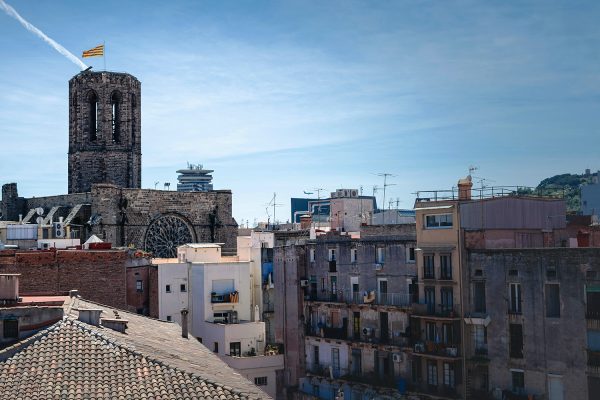
Tourism in Spain has come virtually to a standstill as a result of the coronavirus pandemic.
For many residents of Barcelona, Spain’s top tourist destination, it is a relief.
The city welcomed 9.5 million tourists last year, up from under two million in the 1990s. That’s almost six times its population (1.6 million).
Most come during the summer, when I normally avoid the old medieval city and Barceloneta beach. (The beaches north of the Olympic Harbor, which were created for the 1992 Olympics, are usually less crowded but still busy.)
Now Barceloneta is actually nice. Cops constantly check to make sure sunbathers keep two meters distance, so crowding is impossible. The xiringuitos (tapas bars on the beach) have free tables. La Rambla, which is otherwise so packed it’s impossible to get through, is now pleasant for a stroll.
Dependence
The situation isn’t so pleasant for the 150,000 residents whose livelihoods depends on tourism, including many migrant workers from South America. Tourism accounts for 7 percent of the city’s economy.
Although I wonder if locals can’t make up for some of that. Hotels will have less income, but many restaurants — which are allowed to take up more of their sidewalk for outdoor seating — are still full on the weekends. We saw plenty of people renting paddle boards at Barceloneta beach today. Holiday rentals in the old city and Eixample could be converted back into much-needed homes.
Overtourism
The problem of overtourism was recognized before the pandemic. Neighborhood associations warned that residents were being forced out by high rents. The city stopped issuing licenses for hotels and holidays homes. It checked AirBnB listings and fined those who rented out their apartment without a permit. There was talk of a tourist tax.
When the lockdown was lifted, the city widened sidewalks to prevent car traffic from returning to pre-pandemic levels.
Now that the people of Barcelona have seen what life can be like without so many tourists, I doubt many want to go back.
